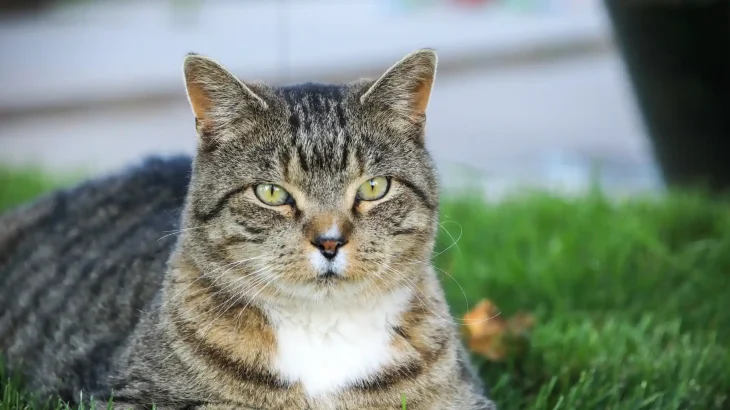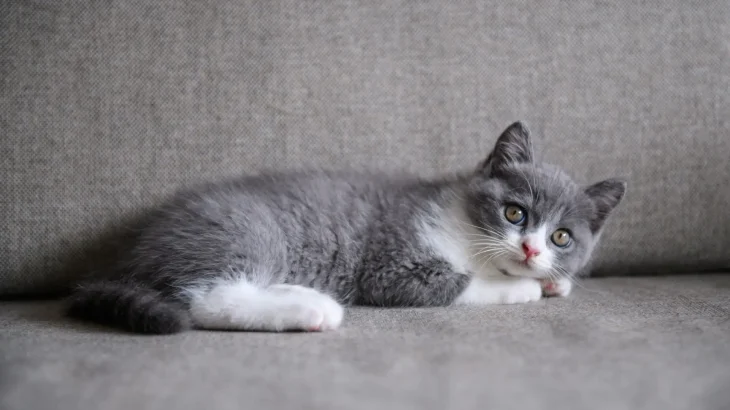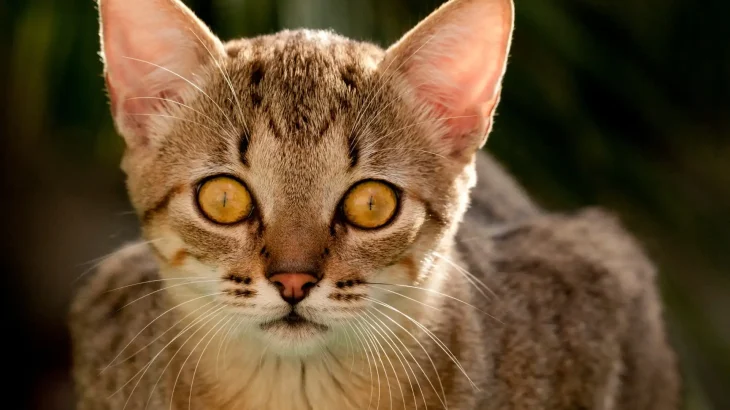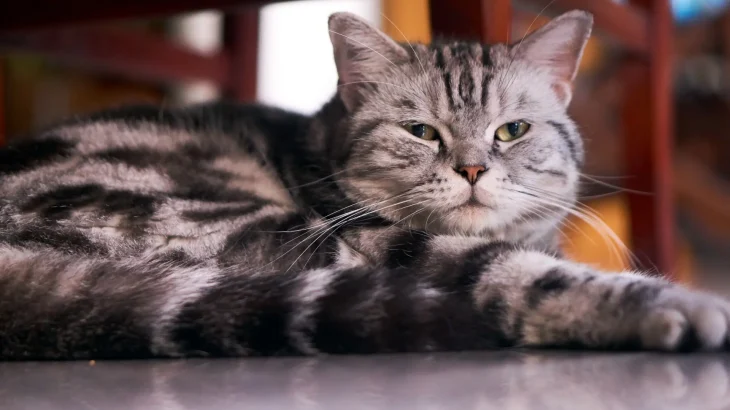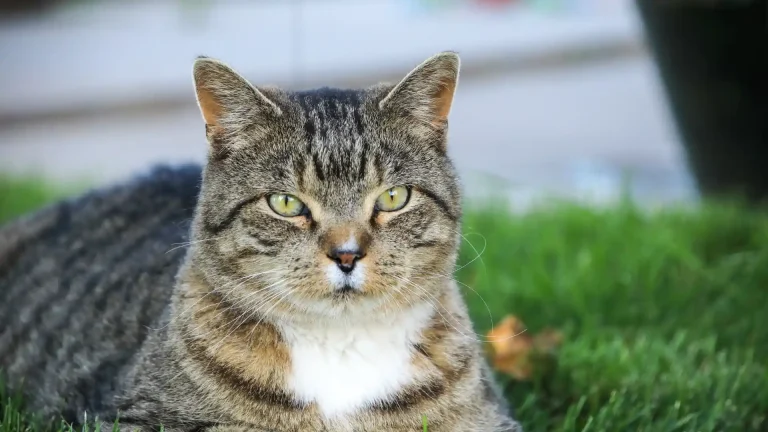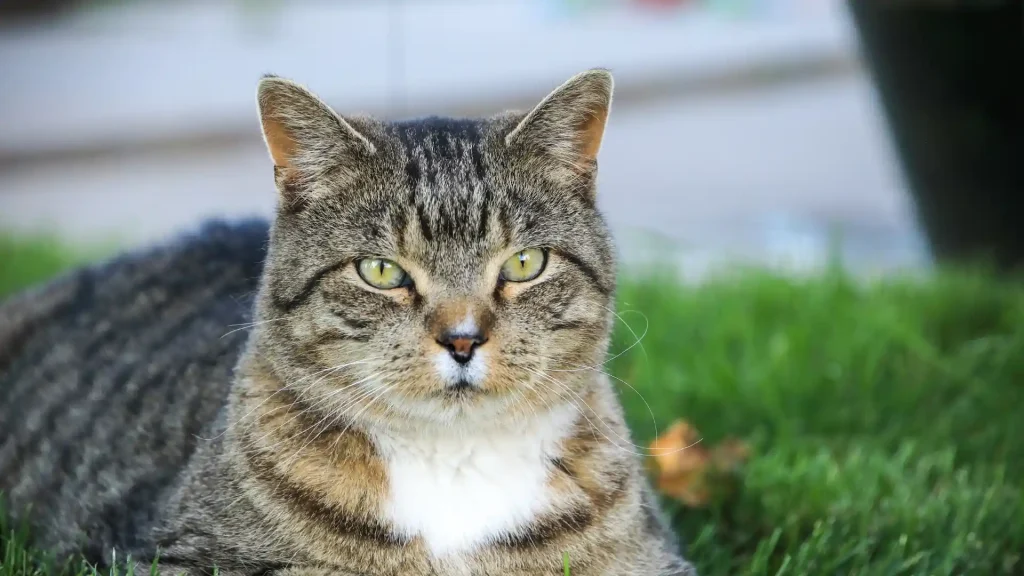When deciding whether to adopt or purchase a Brazilian Shorthair kitten, consider factors like ethical breeding and supporting animal welfare. Adoption offers a chance to provide a home for a cat in need, while purchasing from a reputable breeder can offer detailed health and lineage information specific to the breed.
| Criteria | Buying from Breeder | Adopting from Shelter/Rescue |
|---|---|---|
| Cost | Generally higher cost due to breed purity and breeder expenses. | Lower adoption fees, often including vaccinations and spay/neuter. |
| Health History | Usually includes detailed health records and genetic screening. | May have limited or unknown health history, basic health checks performed. |
| Age Availability | Kittens primarily, allowing early bonding and socialization. | Varies widely; includes kittens, adults, and seniors. |
| Temperament Insight | Breeders can provide temperament expectations based on lineage. | Shelters can share observed behaviors; full background often unknown. |
| Supporting Practices | Supports ethical breeding programs if breeder is reputable. | Supports animal welfare by rescuing cats in need. |
| Ethical Considerations | Requires thorough research to avoid supporting unethical breeders. | Directly helps reduce homelessness and overpopulation issues. |

